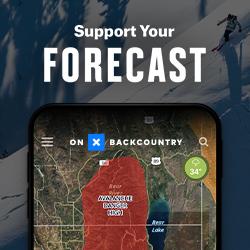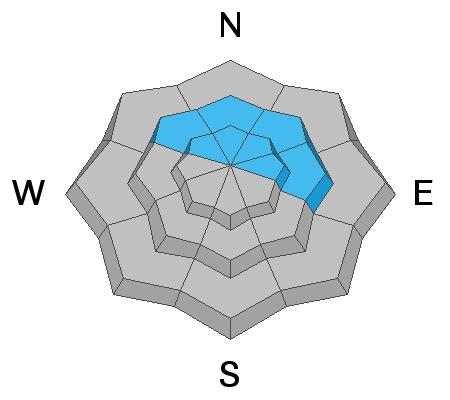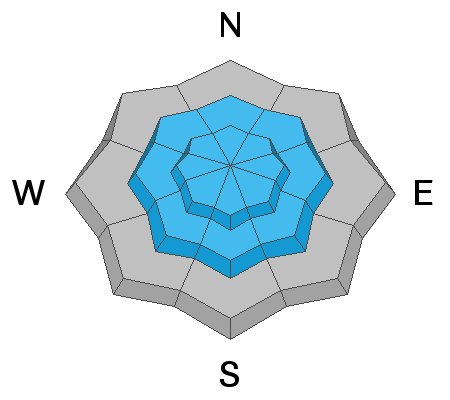Forecast for the Salt Lake Area Mountains

Issued by Trent Meisenheimer on
Monday morning, December 9, 2019
Monday morning, December 9, 2019
CONSIDERABLE danger exist on mid and upper elevation northwest through easterly facing aspects. Large and deadly human triggered avalanches 2-4' are possible and are likely to be triggered from a distance or well above you.
MODERATE danger exists for wind drifted snow at all mid and upper elevations where fresh drifts of wind blown snow could avalanche. Look for and avoid rounded, pillowy looking snow on any steep slope.
MODERATE danger exists for wind drifted snow at all mid and upper elevations where fresh drifts of wind blown snow could avalanche. Look for and avoid rounded, pillowy looking snow on any steep slope.

Low
Moderate
Considerable
High
Extreme
Learn how to read the forecast here






